As you certainly all know by now, any distilled agave-based spirit is a mezcal. So under the broad category of mezcal, we have a variety of spirits that are unique in their own right. Also, in the general family of agave-based alcohol, there is pulque, which is derived from the agave but is not distilled.
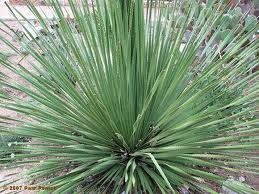
Beyond tequila and mezcal, these spirits are not widely known, though as the growth of tequila and mezcal continue, I think these spirits may slowly seep into the consciousness of agave connoisseurs. Also, as I get a fair number of questions about these agave alternatives on my blog, Twitter, or FaceBook, I thought a post on this topic would be useful to many. It actually helps me to sort it all out in my head as well. Hopefully yours too!
Before, we get into some detail, here is a basic schematic of what this world looks like.
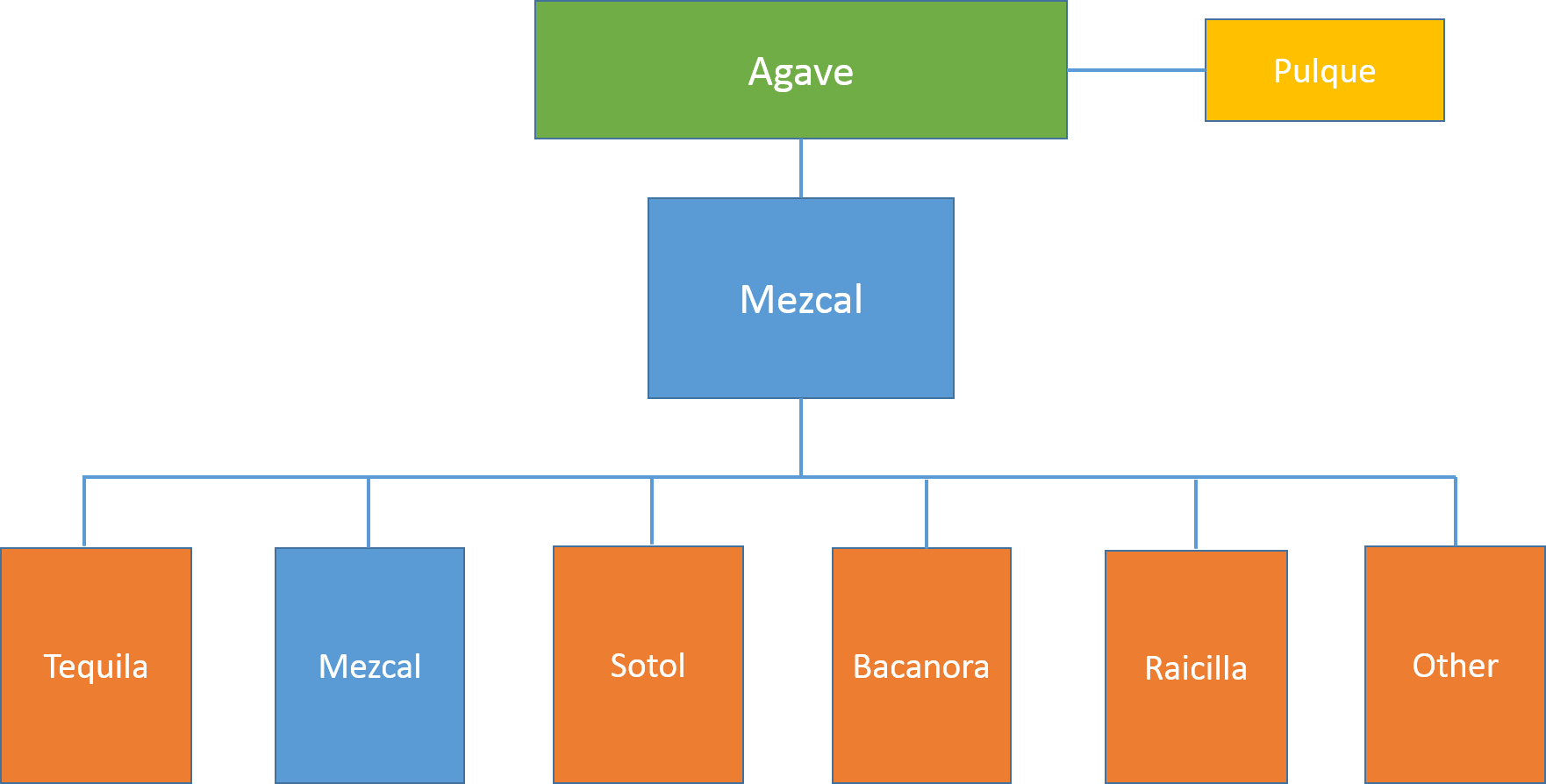 Simple, yet instructive, right?
Simple, yet instructive, right?
At the top, there is Agave (which by the way is derived from the Latin word meaning “noble” – so it belongs at the top). Directly below Agave, there is Mezcal, which is the category that envelops all spirits that are distilled from the agave plant. Then mezcal, of course, has the sub-categories below it. I also put mezcal as a sub-category of itself, because that bottom row is really how people think about the world of agave distillates.
Off to the right at the top, is Pulque. Pulque is also derived from the agave, but it is not a distilled beverage. Let’s take a look at all the categories with a handful of the distinguishing characteristics of each:
Mezcal
- Mezcal is any distilled spirit made from the agave plant
- So Tequila, Sotol, Bacanora, etc are all mezcals
- Mezcal has an internationally recognized Denomination of Origin (granted in 1995), which means that mezcal can only be made in 8 designated regions of Mexico
- Mezcal has been regulated within Mexico since 1994, and is overseen by COMERCAM, but only since 2005 has mezcal been officially certified
- Mezcal can be made from any type of agave with enough sugars to make it work
- There are roughly 40 to 50 different varieties of agave that can be used to make mezcal
- Mezcal is typically produced by baking the hearts of the agave, or pinas, in earthen pits, which imparts a smoky flavor to the mezcal
- There are somewhere around 70 mezcal brands currently being imported into the U.S.
Tequila
- Tequila can only be made from the Blue Agave (Agave tequilana), also frequently referred to as the century plant
- Tequila has an internationally recognized Denomination of Origin (granted in 1978), which means that tequila can only be made in 5 designated regions of Mexico
- The regulation process for tequila began in the 1940’s within Mexico, and the NOM has been periodically updated over the years
- Tequila is regulated within Mexico by the CRT
- Tequila can be as little as 51% agave, but all the good ones are 100% agave
- With tequila, the hearts of the agave are pressure cooked in large industrial ovens, known as autoclaves, which does not impart any special flavor characteristic to the resulting tequila
- There are something like 1,500 tequilas imported into the U.S.
Sotol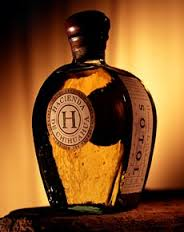
- Sotol is made from the Dasylirion wheeleri, or Desert Spoon, and it is also known as the Sotol plant. Dasylirion wheeleri is stem succulent related to yucca and agave. It was formerly in the agave family but now is classified as a member of the Nolinaceae family according to The Succulent Plant Page (and many others). So to be clear, Sotol is NOT made from an agave, therefore, not technically a mezcal. I suspect people in Mexico really could not give a crap about this technicality (“Hey Juan, can you believe this shit? They changed the freaking taxonomy!!??”), so I have kept it in this post as an agave distillate.
- Sotol has a Mexican denomination of origin, not an international DO
- Sotol received its Mexican DO in 2004
- The sotol NOM, regulating production, etc was passed on April 15, 2004
- Sotol is regulated within Mexico by the Consejo Mexicano de Sotol (formed in 2004), and can only be produced in the Northern Mexican States of Chihuahua, Coahuila, and Durango
- The few commercial sotol producers only use wild sotol plants, which take 15 years to mature.
- It generally takes one plant to produce one bottle of sotol (compared to tequila or mezcal where one plant can produce 5-10 bottles, though there are exceptions)
- The pinas are cooked in above ground ovens and distilled in column stills, so it does not have the smokiness of mezcals.
- There are only a handful of sotol brands imported into the U.S., with Hacienda de Chihuahua being the most notable
Bacanora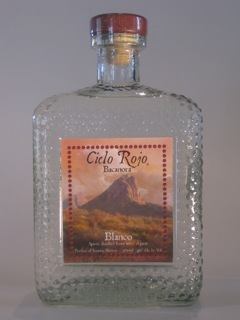
- Bacanora is produced from the wild agave Pacifica, also called agave Yaquiana (A. angustofolia), or simply bacanora, a plant that grows in the mountain range of the State of Sonora, which is the only region where bacanora can be produced
- The NOM says bacanora can only be made from Agave angustifolia
- Bacanora is a mezcal
- Bacanora is named after the town Bacanora, which is in Sonora
- Since November 6, 2000, bacanora has had a Mexican DO, but not an international one
- The bacanora NOM, regulating production, etc was passed on October 28, 2005
- Bacanora is regulated by the Consejo Sonorense Promotor de la Regulacion del Bacanora, formed in 2006
- Like mezcal, the hearts of the pina are roasted in earthen pits imparting a smoky flavor to the final product
- I only know of one bacanora brand that can be found in the U.S.: Cielo Rojo Bacanora
Raicilla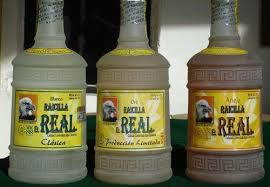
- Raicilla is produced in seven municipalities of Jalisco and is frequently associated with the Puerta Vallarta area
- Raicilla is made from the agave lechuguilla (Agave inaequidens), and agave pata de mula (Agave maximiliana), and it also goes by its regionally common name, agave raicilla
- Raicilla is a mezcal
- Raicilla does not have a DO or a NOM, however since 1997, there is a collective mark, “Raicilla Jalisco”, to protect production and establish the Mexican Council of Raicilla Promoters.
- All raicilla producers must now be members of the council and there are currently around 70 members.
- With Raicilla, the hearts of the agave are cooked in above ground ovens so it is not smoky like mezcal
- Perhaps the best known raicilla distiller is Destilador del Real, though it cannot be found in the U.S. From the picture above, I think they could use a bit of branding and marketing help. You think?
Pulque
- Pulque is not a distilled agave product, but rather a fermented alcohol product made from the sap of the agave – the sap is called aguamiel, translated as “honey water”
- Pulque is the color of milk and has a sour, yeast-like taste
- It is 3-8% ABV, so similar to beer in alcoholic content
- Pulque has no NOM or DO or anything else that I am aware of
- You can find canned pulque in the U.S., though all reports suggest it pretty much sucks
- On the other hand, in Oaxaca, you can get fresh pulque, which can be very good
- If you live in NYC, you can try it at Pulqueria, a downtown mezcal and tequila den
Others
- Sikua. Produced in Michoacán, Sikua was/is mezcal made in this state before Michoacán was included in the mezcal DO. The sikua nomenclature is most likely being left behind now since Michoacán can now officially make mezcal.
- Agave distillate. In 2006, an “agave distillate” NOM was passed to govern all mezcal making regions not recognized under a DO. So these regions can make a mezcal, but not call it one. And they are left with the appealing choice of calling it an “agave distillate”. Unjust, it seems.
- Charanda. Sometimes you hear about charanda being made in Mexico so I thought I would throw it in here. It is basically rum made in Mexico. Nothing to do with agave.
- Some other obscurities can be found here, but they are so far afield, they are not worth my effort
That is the run down. Maybe you have to be an agave geek, which I am, to care about anything beyond tequila and mezcal. But knowledge is power my friends! So go forth and drink some mezcal!!


[…] and with modern appliances), tasted different agave-based beverages, including tequila and bacanora, and saw how agave fiber can be twisted into rope and crafted into all kinds of […]
[…] made determine if they’re a subcategory of mezcal or not. It’s complicated. This Mezcal PHD post is incredibly helpful. […]
Spain continues to made their own agave destillate, I remember there were more cheap ones (low taxes compared to North- Europe, loved it!) but here’s one found online; Aguardiente de agave Capitan Tiquela.
I was unaware that anyone in Spain made an agave distillate. Love to try it!
you should correct the following in your article about agave spirits, I insist:
all Raicillas are smoky, Bacanoras, just like Sotol, are not!
First it is an old post and could use an update. Second, you can insist all you want but that’s not going to get you very far. Since I wrote this post, I have had Raicillas made in both aboveground ovens and earthen pits – so both smoky and not. The same is true for sotol. For bacanoras, the sample set is very small, and I pretty much have only had earthen pit versions. I have no doubt there are producers mixing in some aboveground ovens.
There are few absolutes in the mezcal world! Many great things happening and more are being discovered all the time. So drink mezcal – I insist!
i would like to contact you for you to give an informal talk at El Fuerte, Sonora, April 9. i hope you are in mexico. forgive the lack of caps, i have a broken arm.
this is a fundraising tour. your knowledge of agave drinks is fascinating. the talk would be in english for americans and canadians living in mexico. also, a few others living abroad. a group of 25 people. my cell phone is (52 1) 333 101 8092. home 52 376 766 2610. karuna.
This is very kind of you to ask me to participate. But I live in NYC and would not be able to make this event. Appreciate the look though!
all raicillas I know are smokey (piñas are baked in underground pitts), years ago there was a brand called ‘7 Amigos’, the only unsmoked Raicilla I have ever come across in my 40 years in Mexico, it was a brilliant spirit, similar to Sotol in flavour and quality, but is no longer available
Hello again, do you know if any distilled spirit can be made from the same maguey that pulque is harvested from if the heart were to be cooked or roasted?
I have a bottle of mezcal made with Agave pulquero, so yes as that is used to make pulque. But pulque is made with many different varietals and I am not sure all are mezcal worthy…..
Hello, I was wondering which mezcal agave would be best suited for growing in the soutwest, perhaps in the palm springs area. I understand that I cannot call it Mezcal due to DOM but it would be a mezcal-like spirit. Any thoughts? Suggestions?
Tough one for me. I would go to your local nursery and talk to them….
Thanks for the informative article.
I have a straightforward question, which is the eighth appellation of origin for mezcal, I only ever seem to find the original seven?
Straight forward question gets a straight forward answer: Michoacan. Added in 2013. Thanks for reading!
I have seen the spelling “mescal” to refer to any distilled agave drink and “mezcal” with a z for the drink produced in Oaxaca state from espadin agave. Helps sort things out. But great info, again!
Actually “mescal” is the English spelling and “mezcal” is Spanish. But everybody in the industry uses the “z” as do I. I mean do we spell “champagne” like this: “champane”. OK, not a very good joke but you get the point! It is a Mexican spirit so let’s use the Spanish spelling. This does not have anything to do with the “z” being for mezcal from Oaxaca and the “s” for agave distillates. Just Spanish vs English……
Can I bring Bacanora back to the USA? I bought it in a coke bottle. I just have one coke bottle.
Unless it is laced with marijuana I think you are OK! Booze is legal. However, if they inspect it, they will not let it in if it is not sealed. So a coke bottle might get taken. You can try sealing it with wax by dripping candle wax around the top and see it if they will go for it. Most likely you won’t even get stopped or asked. Good luck!
Just to let you know, PULQUE is made out from maguey, agave americana. Being from the same family of agave but different plant.
Pulque can be made with at least 6 different agave varietals with Agave Americana being one of them! Thanks for reading.
I would also add Cocui or Cocuy to the obscure agave spirit list…apparently it’s popular in Venezuela, particularly in the state of Falcon. This is the only reference to it I’ve managed to find about it, posted by one Patricio on the Blue Agave forums:
I am new to this forum but have enjoyed tequila and margaritas for many years. I have retired to Venezuela where imports are limited and the two bottle import limit on passangers does not go far. I have discovered a place in the state of Falcon where they make cocuy from the Agave Cocui plant. I am trying to find all producers and make a personal ranking. I can make a fair margarita and know the product has not been discovered as it costs less than $2 a liter.
A note on families:
Both Agave and Dasylirion are placed in the family Asparagaceae in the current familial taxonomy of the Angiosperm Phylogeny Group.
A note on bacanora:
Agave palmeri is (at least sometimes) used to produce this liquor.
And, no, sotol is not mezcal, but you know that. 🙂
Also, “lechuguilla” as a common name usually refers to the species Agave lecheguilla, at least in the U.S. and in the Mexican states of Chihuahua and Coahuila. Whether anyone uses Agave lecheguilla to produce liquor, I do not know.
I have read that Agave lechuguilla is the most widely dispersed agave in Mexico. I have also seen it in numerous lists as one which is used to produce mezcal, though I have never seen or tried one….
I thought Dasylirion was in the family Nolinaceae? Please advise.
Very informative,but being from a bacanora producing region,I have seen bacanora produced by the best.They do not use any particular variety of agave.I have seen piles of pinas that have five or ten varieties of agave.They use anything they can find growing wild,old timers claim that it is the combination of certain varieties that make the difference in taste.
I am sure you have tried some amazing mezcals there! But according to the DO, it can not be labeled bacanora unless A. Angustifolia is used. I have seen other mezcals from the region which have to be labeled the very unappealing term “agave distillate”. Just like the mezcal DO, the bacanora DO ignores some centuries old traditions and it is a shame….
In Mexico we know the differences between sotol and mezcal. You should come back to Mexico to check it out, will be a pleasure to show you, cheers.
We have figured out this life mystery up here to. Thanks for reading.
I am glad that you are a Mezcal geek( I think your word ). I have learn something. I didn’t know about Raicilla, Bacanora, and Sotol. Thanks! Micheline
Thanks again for another great post. Very informative.
Very interesting reading! Love to learn about all of these spirits. Someday these blogs posts should make a book.
Hmmmmmm….maybe someday!
Maestro.
Thanks for another beautiful post.
Tip, there’s few spirits distilled from pulque, one of them “Pulcata” another one “Mi General Huesca”.
Pancho
“In Agave we Trust”
Thanks for the contribution!
Another spirit distilled from Pulque/aguamiel is Comiteco, from Chiapas. Headed down that way in a few months and curious to sample it if possible.